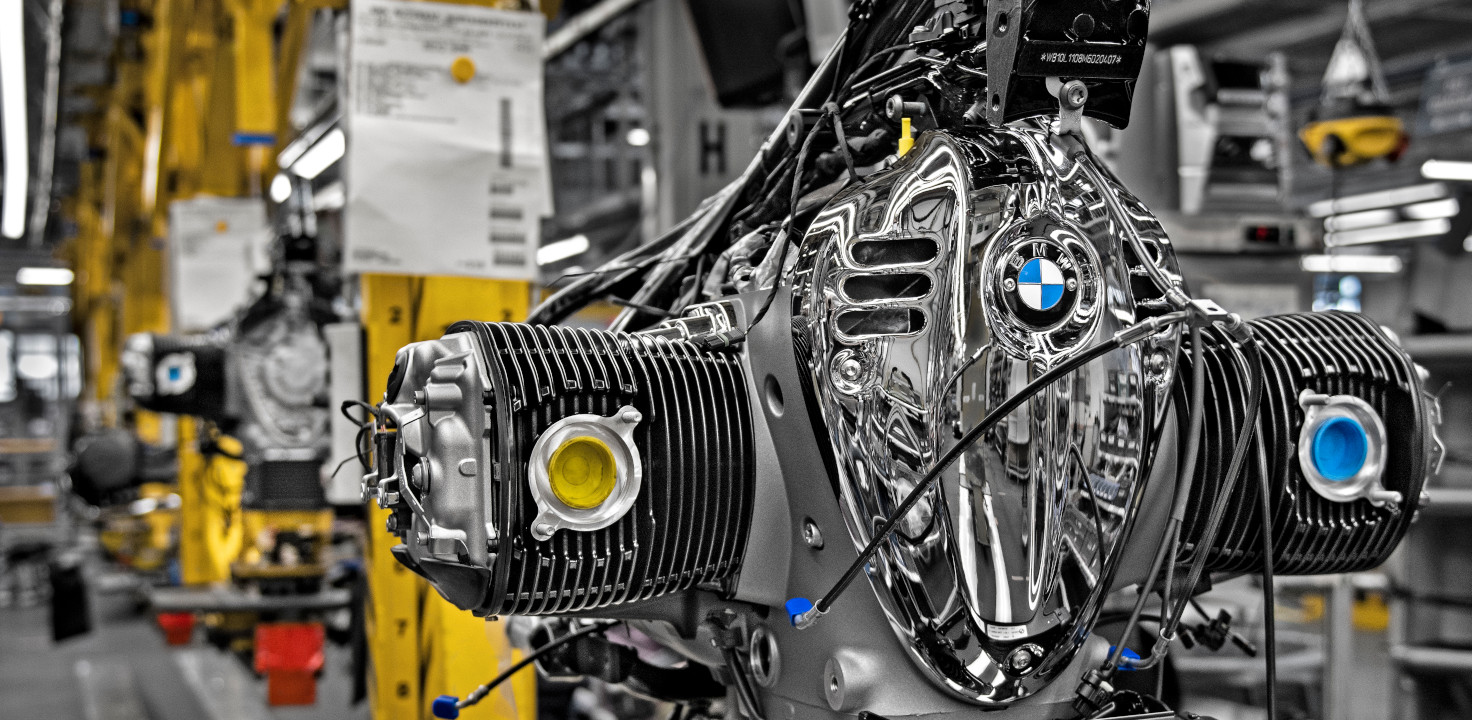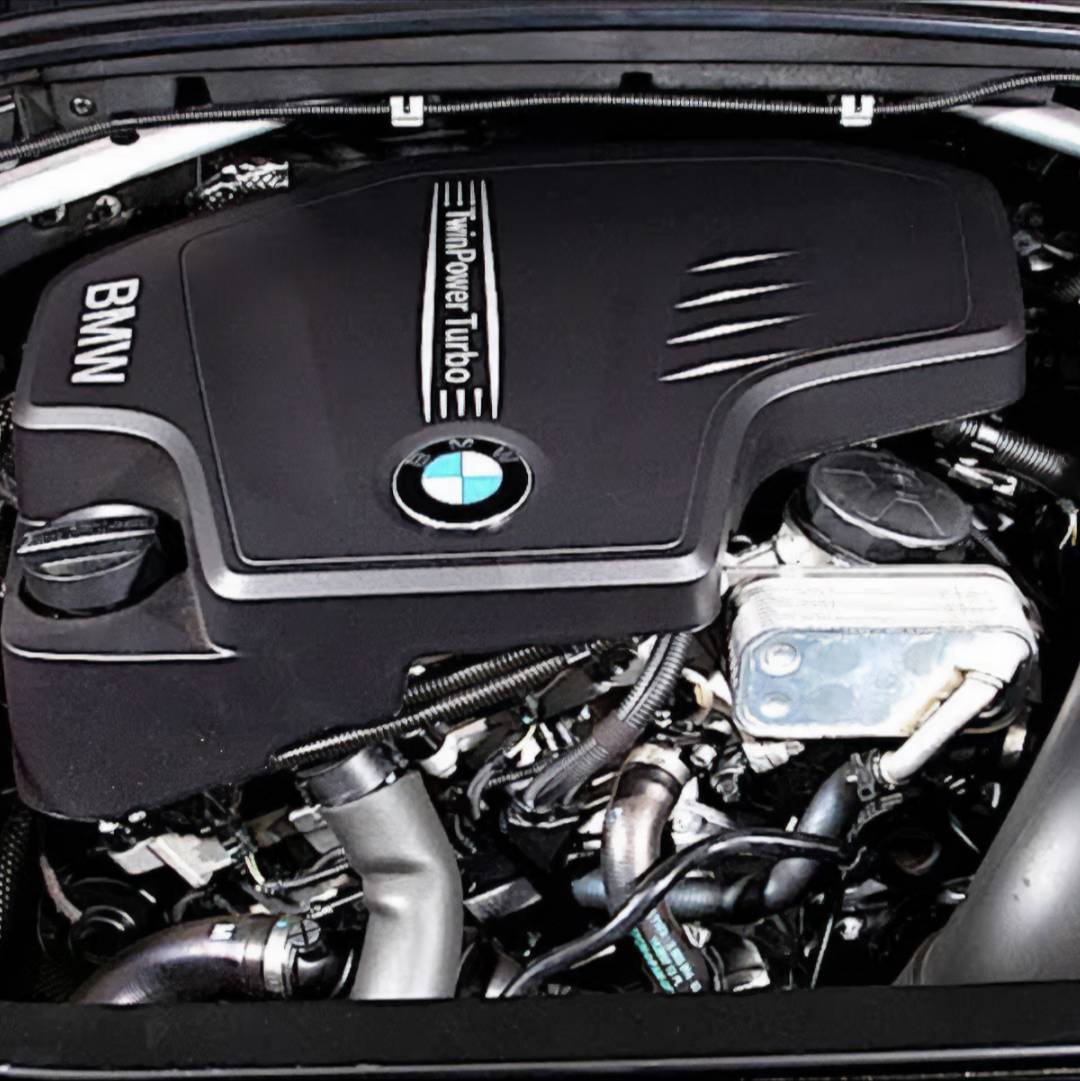Leading 5 BMW Engine Technologies Reinventing the Automotive Industry
Leading 5 BMW Engine Technologies Reinventing the Automotive Industry
Blog Article
Checking Out the Advancement of Burning Engines in Modern Transportation Equipments
As we navigate the landscape of contemporary transport, the advancement of combustion engines stands as a testimony to human ingenuity and design prowess. From their humble starts to the sophisticated powerhouses driving cars today, combustion engines have gone through an impressive trip of development and adaptation. Understanding the ins and outs of this development not only clarifies the past however also leads the way for envisioning what exists ahead in the world of transportation modern technology. The interplay of history, innovation, and environmental worries fit the trajectory of burning engines develops a narrative that is both insightful and compelling.
Early Beginnings of Combustion Engines
Just how did the concept of combustion engines very first arise in the onset of transport development? When the concepts of inner burning were very first checked out, the roots of burning engines can be mapped back to the 17th century. In 1673, Christian Huygens conceptualized a standard internal burning engine that made use of gunpowder to generate power. It had not been up until the late 19th century that functional applications of combustion engines in transportation began to arise.
The breakthrough moment featured the development of the first successful gasoline-powered engine by Karl Benz in 1885 - bmw engine. This engine led the way for the development of the modern vehicle, reinventing transportation systems worldwide. Subsequent developments by Nikolaus Otto and Gottlieb Daimler additionally fine-tuned burning engine technology, bring about the mass production of automobiles and the quick expansion of the transport market
These very early burning engines were characterized by their simplicity and performance, laying the structure for the complex and powerful engines utilized in contemporary transport systems. The evolution of burning engines has actually been crucial fit the method we travel and carry items, noting a significant landmark in the history of transport development.
Shift to Internal Combustion Modern Technology
The change to internal burning technology marked an essential shift in the advancement of transport systems. This shift started in the late 19th century, with inventors like Nikolaus Otto and Gottlieb Daimler developing the very first effective internal burning engines. These engines transformed transport by providing a much more reliable and effective choice to heavy steam engines and electric motors.
One of the vital advantages of internal combustion engines was their capability to be scaled down to match vehicles, resulting in the advancement of automobiles and motorcycles. This change from large, stationary engines to compact, mobile ones led the way for the modern transportation systems we see today.
The shift to internal burning modern technology likewise stimulated improvements in fuel innovation, resulting in the growth of gas and diesel as primary gas resources for automobiles. This change not only made transport more accessible to the masses however likewise laid the foundation for the oil and gas industry to end up being indispensable to global economic situations.
Influence of Combustion Engines on Transport
The fostering of combustion engines in transport systems militarized a profound shift in the performance and speed of worldwide wheelchair. Burning engines reinvented transportation by offering a dependable and versatile resource of power for different automobiles, consisting of automobiles, vehicles, ships, and airplanes. This technology dramatically enhanced the ability for people and items to conform long distances in shorter period, causing raised connectivity in between areas and nations.
Furthermore, the widespread use burning engines has had a substantial effect on financial development. The ability to transfer products effectively has spurred trade and commerce, enabling businesses to expand their markets and get to consumers worldwide. This has actually promoted financial growth and globalization, as items can currently be transferred faster and in larger quantities than in the past.
Nonetheless, the ecological effect of combustion engines can not be overlooked. The burning of fossil fuels has brought about air pollution and greenhouse gas discharges, contributing to environment adjustment and posing health threats to populations. bmw engine. Therefore, there is a growing emphasis on creating different propulsion modern technologies to mitigate these adverse effects and produce a much more sustainable future for transport
Innovations in Burning Engine Style
One remarkable innovation is the growth of turbocharged engines, which use exhaust gases to drive a wind turbine that compresses incoming air, enabling for more fuel to be burnt, resulting in enhanced power outcome without a considerable boost in engine size. Variable shutoff timing systems have also transformed engine style by click here for more enhancing air flow at various engine speeds, improving both power and performance. These technologies collectively contribute to the constant renovation of burning engines in modern transport systems.
Future Patterns in Combustion Engine Development
With technology advancements driving continual advancement, the future of combustion engine advancement is poised to reinvent transport systems globally. One of the key fads in burning engine growth is the push towards better performance and lowered discharges. Makers are investing greatly in research study and development to enhance engine efficiency while meeting rigorous ecological regulations. This includes the combination of sophisticated fuel shot systems, enhanced turbocharging techniques, and the usage of lightweight products to maximize gas intake and decrease carbon emissions.
An additional famous trend is the fostering of crossbreed modern technologies in combustion engines. Crossbreed engines integrate standard combustion technology with electrical power, offering improved gas efficiency and reduced discharges. As the automobile market changes in the direction of electrification, crossbreed burning engines are seen as a transitional solution that bridges the space between conventional lorries and totally electrical ones.
Additionally, the integration of wise modern technologies, such as man-made knowledge and data analytics, is anticipated to play a considerable function in the future of combustion engine growth. These technologies can optimize engine efficiency in real-time, bring about more effective combustion processes and enhanced total automobile efficiency. Welcoming these future trends will not just drive development in burning engine advancement however also contribute to a more sustainable and ecologically friendly transport ecological community.

Final Thought
In conclusion, the evolution of burning engines in modern-day transport systems has been noted by significant innovations in technology and design. From the very early beginnings of burning engines to the shift to interior burning modern technology, these engines have had a profound influence on transportation. Technologies in burning engine design remain to drive progress in this field, with future fads concentrating on additional visit the site boosting performance and lowering discharges. The future of combustion engines in transport looks appealing as r & d initiatives proceed to push boundaries.
The origins of burning engines can be traced back to the 17th century when the principles of inner burning were very first discovered. These engines transformed transport by supplying a more effective and effective alternative to steam engines and electrical motors.

Report this page